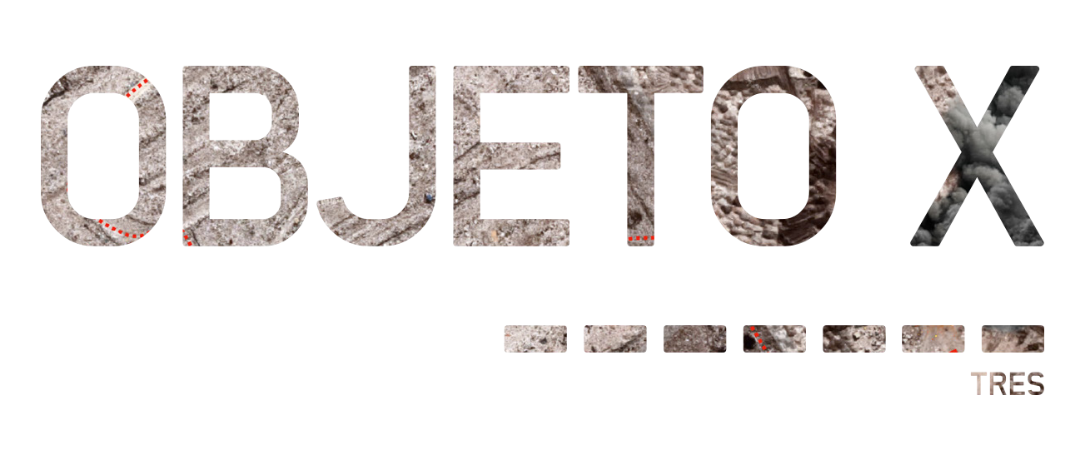
Publicado 2022-12-15
Palabras clave
- materialidades heterogéneas,
- basura extraterrestre,
- fenomenología,
- ontología orientada a objetos,
- teoría del actor - red
Cómo citar
Derechos de autor 2022 Colectivo Tres

Esta obra está bajo una licencia internacional Creative Commons Atribución-NoComercial 4.0.
Resumen
La Dra. Novak fue la única en presenciar el impacto del extraterrestre objeto X. Este hecho transformó la historia del mundo para siempre. El objeto fue capaz de movilizar a grupos de trabajo, coordinar estudios intercontinentales y espaciales, poner a deliberar juntxs a las posturas más diferenciadas. A través de una ficción especulativa, se presenta una narración con la participación de distintas voces que exploran y cuestionan los paradigmas de la materialidad y de la interpretación, para establecer el carácter incierto de la materia como principio estructurante.
Descargas
Citas
- Bogost, I. (2012). Alien phenomenology, or, What it’s like to be a thing. University of Minnesota Press. Borges, J. L. (2019). El Aleph. Lumen.
- Bryant, L. (2011). The democracy of objects (Primera edición). Open Humanities Press.
- Cresswell, T. (2004). Place: A short introduction (2006a ed.). Blackwell Publishing.
- Etimologías de Chile, http://etimologias.dechile.net/
- Haraway, D. (1988). Situated Knowledges: The Science Question in Feminism and the Privilege of Partial Perspective. Feminist Studies 14(3), 575–599. https://doi.org/10.2307/3178066
- Haraway, D. J. (2016). Staying with the trouble: Making kin in the Chthulucene. Duke University Press.
- Harman, G. (2015). Hacia el realismo especulativo: Ensayos y conferencias (C. Iglesias, trad.). Caja negra.
- Herod, A. (2011). Scale. Routledge.
- Hodder, I. (2014). The Entanglements of Humans and Things: A Long-Term View. New Literary History 45(1), 19–36. https://doi.org/10.1353/nlh.2014.0005
- Latour, B. (2004). Why Has Critique Run out of Steam? From Matters of Fact to Matters of Con- cern. Critical Inquiry 30(2), 225–248. https://doi.org/10.1086/421123
- Law, J. (2000). Objects, Spaces and Others. Centre for Science Studies, Lancaster University, Lancas- ter, 1–13.
- Law, J. (2007). Making a Mess with Method. En The SAGE Handbook of Social Science Methodolo- gy (pp. 595–606). SAGE Publications Ltd.
- Mōkito Ōtākou, W. (s/f). Otago Micro and Nanoscales Imaging. University of Otago. https:// www.otago.ac.nz/omni/electron-microscopy/tem-techniques.html
- Phelan, P. (1993). Unmarked: The politics of performance. Routledge.
- Star, S. L., y Griesemer, J. R. (1989). Institutional Ecology, “Translations” and Boundary Objects: Amateurs and Professionals in Berkeley’s Museum of Vertebrate Zoology, 1907-39. Social Studies of Science 19(3), 387–420. JSTOR.
- Stucchi, L., Stucchi, M., y Carpio, M. (2019). Navegar por los aires: Análisis físico y biológico del siste- ma propuesto por Santiago de Cárdenas en el siglo XVIII (1a edición). Universidad del Pacífico, Fondo Editorial: AICB.

